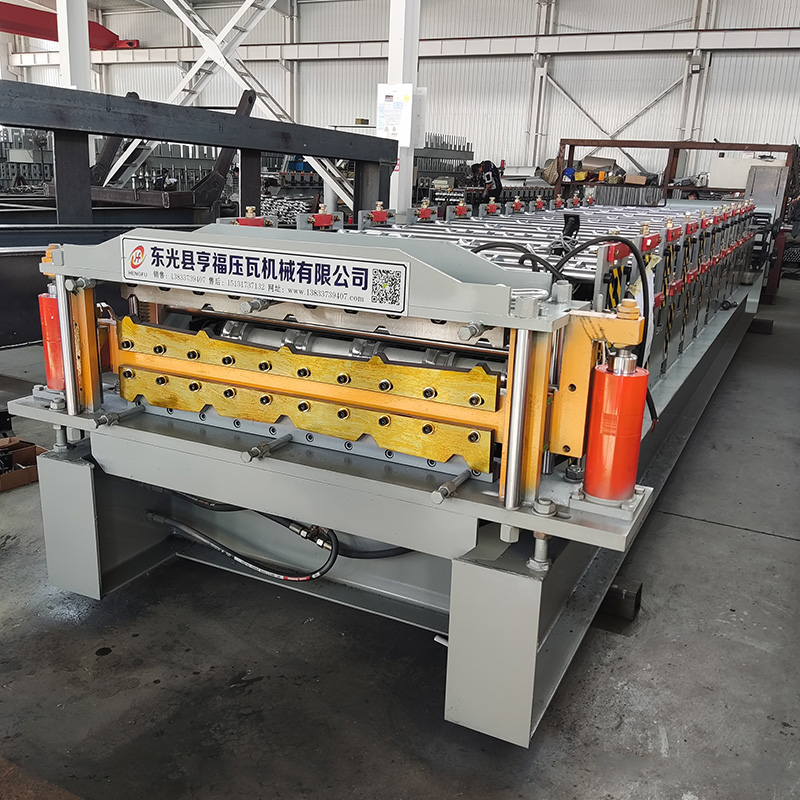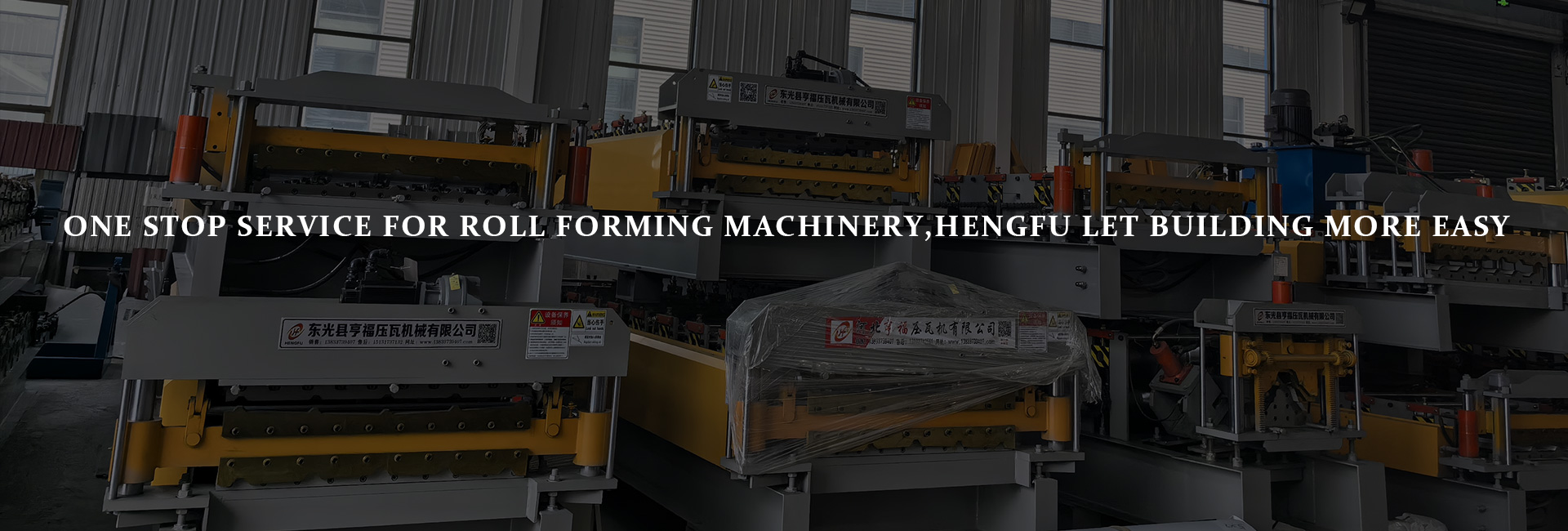Coil Material Impact on Double Layer Roll Forming Performance
writer:优化 release time:2025-08-20 16:09:12 Views:94frequency
The Link Between Material and Forming Results
In modern sheet-metal processing, efficiency and precision often depend on the Double Layer Roll Forming Machine, a system capable of producing two profiles within one structure. While the equipment’s engineering is crucial, the hidden factor that truly dictates the outcome is the type of coil material being used.
Different coils react uniquely to bending stresses, surface friction, and continuous rolling pressure. This makes material choice a decisive step in ensuring both dimensional accuracy and long-term product quality.


Coil Behavior in the Double Layer Roll Forming Process
Every coil entering the Double Layer Roll Forming Machine brings its own mechanical and chemical properties. Strength, ductility, coatings, and thickness tolerances all influence how smoothly the sheet transitions through rollers and how well the final geometry holds.
Key aspects include:
·Strength & Hardness: Resistance to cracking during shaping.
·Formability: Smoothness of bends without edge fractures.
·Protective Coatings: Performance against corrosion and weathering.
·Thickness Precision: Directly linked to consistent profile accuracy.
Material Categories and Their Effects
1. Galvanized Steel
·Benefits: Strong protection from corrosion with zinc layers; affordable and widely available.
·Impact: Works reliably under most forming conditions, though rough handling may damage the coating.
·Applications: Roofing, cladding, and exterior structures.
2. Pre-Painted Steel
·Benefits: Provides a ready-finished look, reducing additional processing.
·Impact: Demands precise roller calibration—any misalignment risks surface scratches or micro-cracks in the coating.
·Applications: Decorative facades and visible installations.
3. Aluminum Coils
·Benefits: Lightweight, corrosion-resistant, and highly formable.
·Impact: Requires lower force but is vulnerable to wrinkling or denting if tension is not managed.
·Applications: Lightweight roofing and wall panels.
4. Stainless Steel
·Benefits: Long-lasting strength with excellent rust resistance.
·Impact: Higher forming stress can wear rollers more quickly, requiring adjustments.
·Applications: Harsh environments such as industrial or coastal projects.
5. Laminated or Specially Coated Coils
·Benefits: Additional layers enhance durability or aesthetic appeal.
·Impact: If pressure is uneven, coatings can peel or crack during forming.
·Applications: High-value architectural or customized projects.


How Coil Quality Shapes Final Results
1.Profile Accuracy
Variations in thickness or hardness reduce consistency and alignment. High-quality coils ensure reliable results in complex double-layer profiles.
2.Surface Aesthetics
Scratches, dents, or coating issues often originate from coil imperfections or mishandling.
3.Tool and Roller Longevity
Stronger alloys increase roller wear, requiring more frequent maintenance. Choosing well-balanced coils reduces downtime.
4.Production Efficiency
Softer metals run faster, while tougher ones demand slower forming speeds for accuracy.
Best Practices for Material Handling
·Check Before Loading: Inspect surface, thickness, and edge condition.
·Proper Storage: Keep coils dry and stable to avoid corrosion and deformation.
·Fine Roller Adjustment: Adapt roller pressure to match coil thickness and hardness.
·Use Lubrication Wisely: Reduce friction while protecting coatings.
·Run Tests: Trial small coil lengths before committing to full runs.
Conclusion: Coil Selection Defines Success
The Double Layer Roll Forming Machine is engineered for versatility and efficiency, yet the final product’s success is largely determined by coil material choice. Galvanized steel balances durability with affordability, aluminum offers lightweight flexibility, stainless steel provides long-term reliability, and coated options deliver aesthetics and protection.
By carefully evaluating coil quality and applying best handling practices, manufacturers can minimize defects, extend machine lifespan, and ensure superior forming performance. Ultimately, for any Double Layer Roll Forming Machine, coil selection isn’t just a supply decision—it’s the foundation of production excellence.
References
GB/T 7714:Livatyali H, Duggal N, Ahmetoğlu M A, et al. Investigation of crack formation on the galvalume coating of roll formed roof panels[J]. Journal of Materials Processing Technology, 2000, 98(1): 53-61.
MLA:Livatyali, Haydar, et al. "Investigation of crack formation on the galvalume coating of roll formed roof panels." Journal of Materials Processing Technology 98.1 (2000): 53-61.
APA:Livatyali, H., Duggal, N., Ahmetoğlu, M. A., & Altan, T. (2000). Investigation of crack formation on the galvalume coating of roll formed roof panels. Journal of Materials Processing Technology, 98(1), 53-61.







